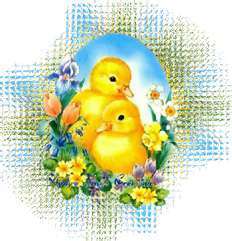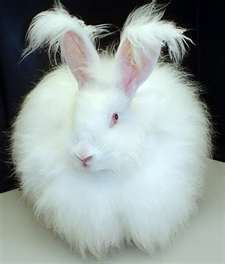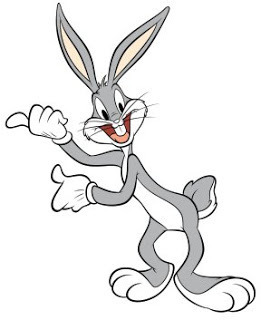A Little Easter History

The Date of Easter
Prior to A.D. 325, Easter was variously celebrated on different days of the week, including Friday, Saturday, and Sunday. In that year, the Council of Nicaea was convened by Emperor Constantine. It issued the Easter Rule which states that Easter shall be celebrated on the first Sunday that occurs after the first full moon on or after the vernal equinox. However, a caveat must be introduced here. The "full moon" in the rule is the ecclesiastical full moon, which is defined as the fourteenth day of a tabular lunation, where day 1 corresponds to the ecclesiastical New Moon. It does not always occur on the same date as the astronomical full moon. The ecclesiastical "vernal equinox" is always on March 21. Therefore, Easter must be celebrated on a Sunday between the dates of March 22 and April 25.

The Easter Bunny is not a modern invention. The symbol originated with the pagan festival of Eastre. The goddess, Eastre, was worshipped by the Anglo-Saxons through her earthly symbol, the rabbit. The Easter bunny has its origin in pre-Christian fertility lore. The Hare and the Rabbit were the most fertile animals known and they served as symbols of the new life during the spring season.The Germans brought the symbol of the Easter rabbit to America. The bunny as an Easter symbol seems to have it's origins in Germany, where it was first mentioned in German writings in the 1500s. The first edible Easter bunnies were made in Germany during the early 1800s. The first bunnies were not made of chocolate; they were made of pastry and sugar.It was widely ignored by other Christians until shortly after the Civil War. In fact, Easter by its self was not widely celebrated in America until after that time.
As I mentioned the Easter bunny was introduced to American folklore by the German settlers who arrived in the Pennsylvania Dutch country during the 1700s. The arrival of the "Oschter Haws" was considered "childhood's greatest pleasure" next to a visit from Christ-Kindel on Christmas Eve. The children believed that if they were good the "Oschter Haws" would lay a nest of colored eggs.
The children would build their nest in a secluded place in the home, the barn or the garden. Boys would use their caps and girls their bonnets to make the nests. The use of elaborate Easter baskets would come later as the tradition of the Easter bunny spread .
From the earliest times, the egg was a symbol of rebirth in most cultures. Eggs were often wrapped in gold leaf or, if you were a peasant, colored brightly by boiling them with the leaves or petals of certain flowers.
German settlers believed a white hare would leave brightly colored eggs for all good children on Easter morning. Early American children built nests of leaves and sticks in their gardens for the Easter Hare to fill with colored eggs. By the 19th century in America, the Easter Hare had become the Easter Bunny delighting children with baskets of eggs, chocolates, candy chicks, jelly beans and other gifts on Easter morning.

That's it for now, folks! I have to go and grab a carrot and get to work~
 Have a great day and Big Hugs~
Have a great day and Big Hugs~
Published on April 03, 2012 15:07
No comments have been added yet.



